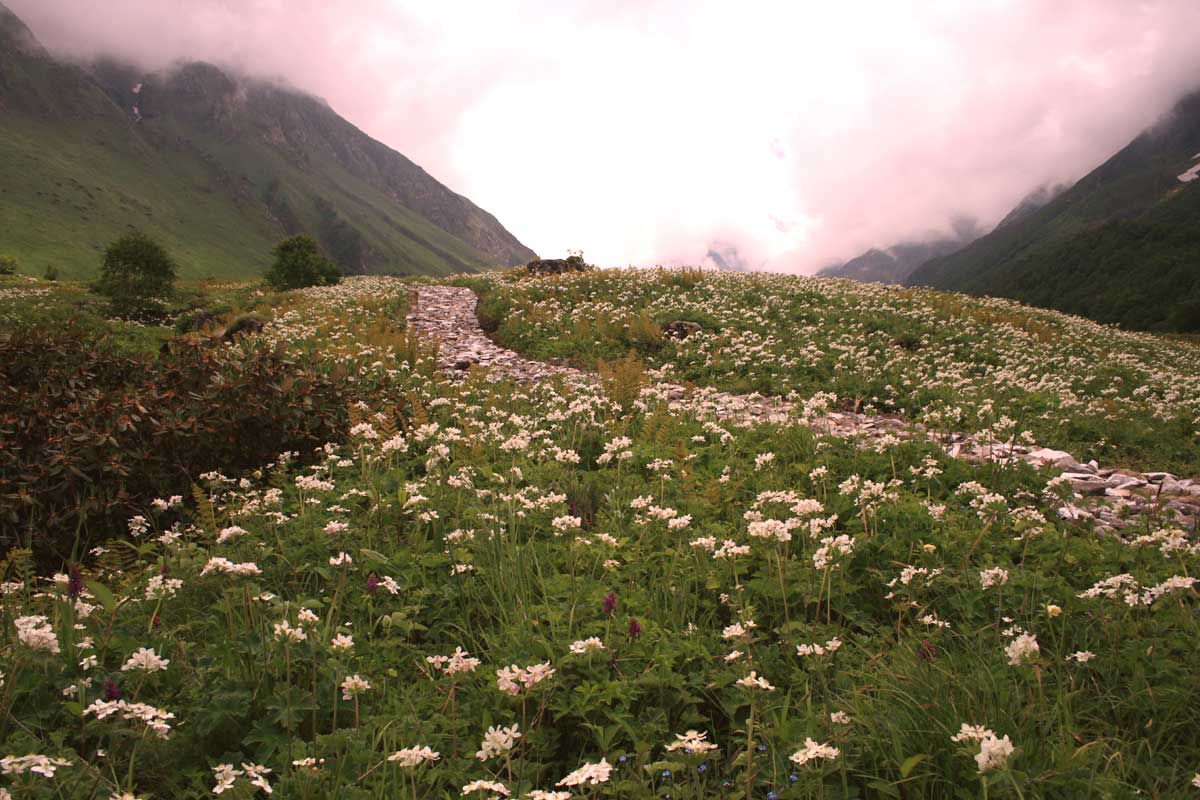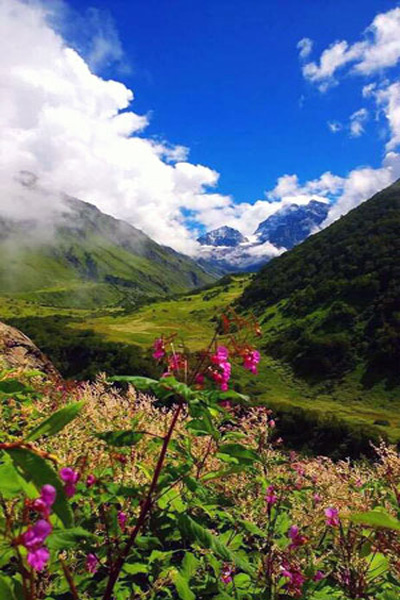
Nestled high in the Himalayas, the Valley of Flowers in Uttarakhand is a place that feels plucked from a dream. It’s not just the stunning beauty of the place that lingers in the mind, but also the journey itself—filled with awe, challenge, and spiritual tranquility.
The Valley of Flowers is more than just a destination; it’s an experience that stays with you long after you’ve left. It’s a place where nature’s beauty is on full display, untouched and pristine. The journey there, through rugged mountains and serene valleys, is a reminder of how small we are in the grand scheme of things, and how much there is to explore in this vast, beautiful world.
For those who seek solace in nature, the Valley of Flowers is a place that must be seen to be believed. It’s a place where the earth blooms in all its glory, a reminder of the timeless beauty of the natural world.
The Journey Begins: Rishikesh to Govindghat
My journey began in Rishikesh, the gateway to the Garhwal Himalayas. After a night of rest, I set off early, traveling along winding mountain roads towards Govindghat, a small town on the banks of the Alaknanda River. The drive was nothing short of spectacular. Towering cliffs, lush green valleys, and the occasional roar of the river below kept me enthralled throughout. We passed through Devprayag, Rudraprayag, and Joshimath, each town steeped in mythological significance and natural beauty.
After nearly 10 hours on the road (285 kms), we finally reached Govindghat. The town, buzzing with pilgrims and trekkers, serves as the base camp for the trek to the Valley of Flowers and Hemkund Sahib, a revered Sikh shrine. I spent the night here, resting and preparing for the adventure ahead.
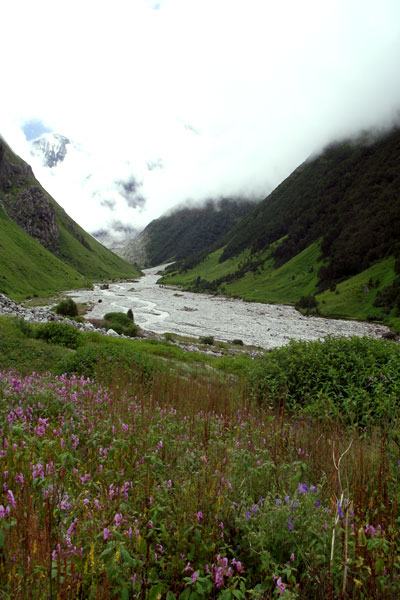
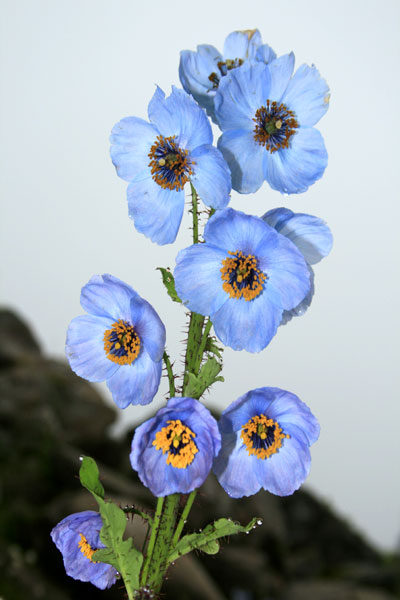
The Trek: Pulna to Ghangaria
The next morning, I took a shared taxi to Pulna (4 kms). Pulna is a hamlet from where the trek begins. I began the trek to Ghangaria, a small hamlet located about 10 kilometers from Pulna. The path is well-marked, and though challenging, the trek is manageable for anyone with a reasonable level of fitness. As I walked, the air grew cooler, the sound of the river more distant, and the views more breathtaking.
The trail meanders along the Laxman Ganga River, cutting through dense forests of oak and rhododendron. Occasionally, the trees would part, revealing glimpses of snow-capped peaks glistening in the sunlight. After crossing a bridge at Bhyundar, the climb became steeper, but the cool breeze and the sight of colorful wildflowers along the path spurred me on.
After hours of trekking, I reached Ghangaria by late afternoon. This small settlement exists primarily to serve the needs of trekkers, offering simple lodges and hot meals. That night, under a sky filled with stars, I felt a deep sense of peace, knowing that the Valley of Flowers awaited me the next day.
Into the Valley of Flowers
The following morning, I woke up early, eager to finally enter the Valley of Flowers. The valley lies about 4 kilometers from Ghangaria. After a short but steep climb of 700 mts, I arrived at the entry gate and purchased my entry ticket. As I stepped into the valley, it felt as though I had entered another world—a paradise hidden away from the rest of civilization.
The valley is a vast expanse of alpine meadows, stretching as far as the eye can see. The air was filled with the sweet scent of countless flowers, and a riot of colors greeted me at every turn. Blue poppies, primulas, marigolds, daisies, and orchids bloomed in wild profusion, painting the landscape in shades of pink, purple, yellow, and white. Butterflies flitted from flower to flower, and the sound of bees buzzing was the only thing that disturbed the silence.
In the distance, the mist-shrouded peaks of the Himalayan Range loomed, their snow-covered summits gleaming in the sunlight. The Pushpawati River, fed by glaciers, flowed gently through the valley, its crystal-clear waters adding to the ethereal beauty of the place.
As I walked deeper into the valley, I found myself surrounded by an ever-changing tapestry of flowers. The sheer diversity of plant life was astounding—over 500 species of flowering plants are found here, many of which are rare and endangered. Some sections of the valley were carpeted in a single color, while others were a mosaic of different hues. I could hardly believe that such a place existed on Earth.
A Spiritual Connection
There’s something undeniably spiritual about the Valley of Flowers. Perhaps it’s the silence, broken only by the sounds of nature, or the feeling of being so far removed from the world below. As I sat on a rock, looking out over the valley, I felt a profound sense of connection—to nature, to the earth, and to something greater than myself.
I spent several hours exploring the valley, losing track of time as I wandered among the flowers. Every now and then, I would pause to take in the scenery, the colors and textures changing with the shifting light. By early afternoon, it was time to head back to Ghangaria, though leaving such a beautiful place was not easy.
The Journey Back: Ghangaria to Rishikesh
The following day, I began the trek back to Govindghat, taking one last look at the majestic mountains before descending into the valley below. The return journey felt different, quieter, as if the mountains themselves were bidding me farewell. Once back in Govindghat, I retraced my route to Rishikesh, carrying with me memories of a place that will forever remain in my heart.
Gallery
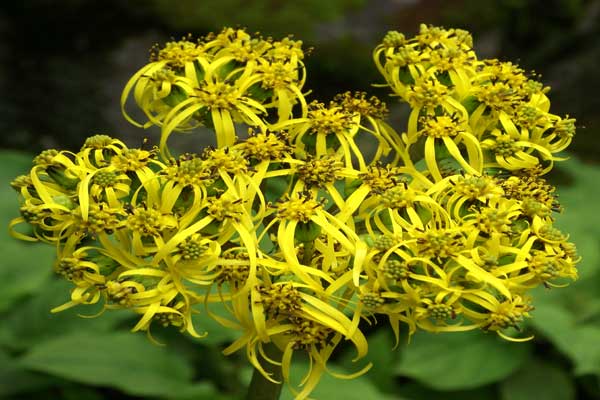
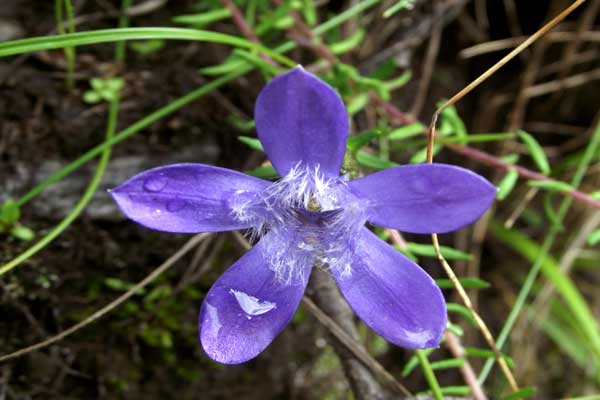
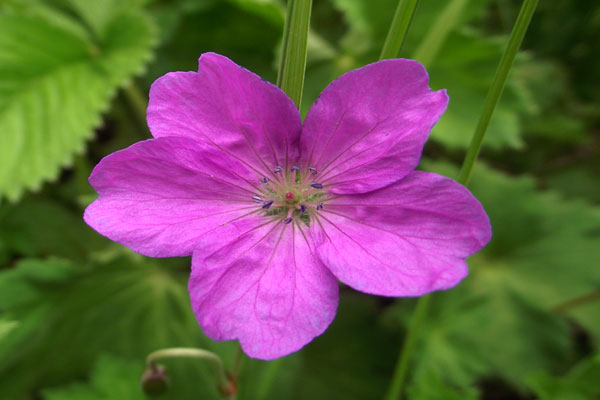
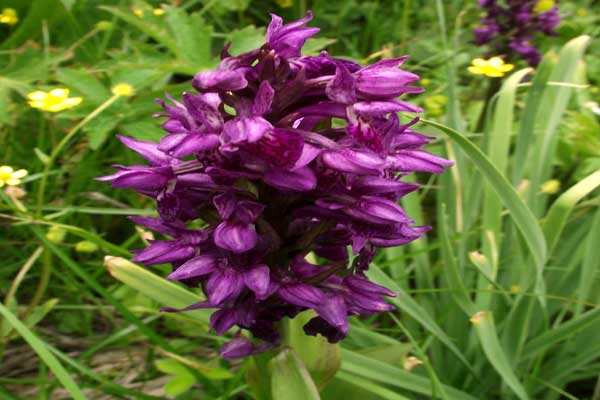
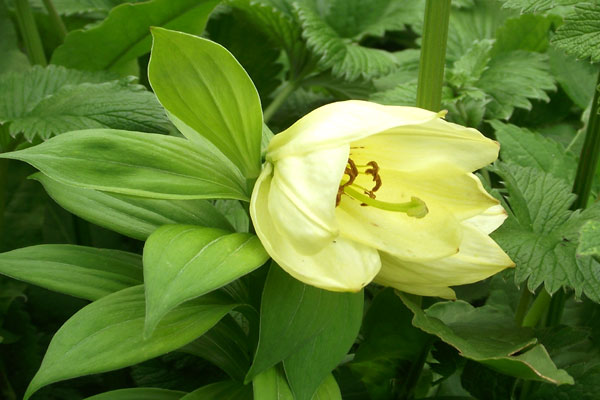
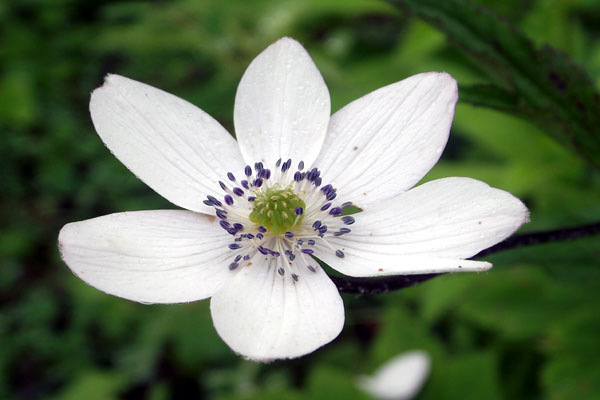
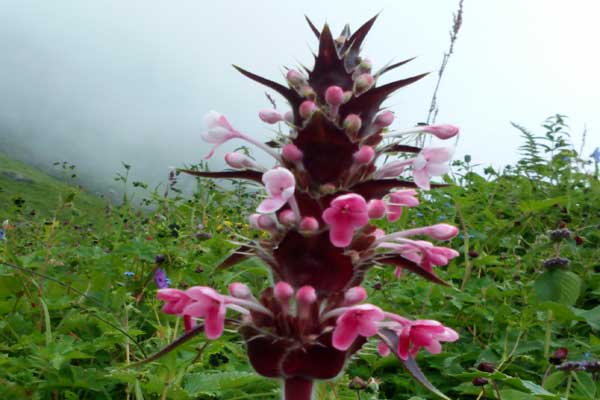
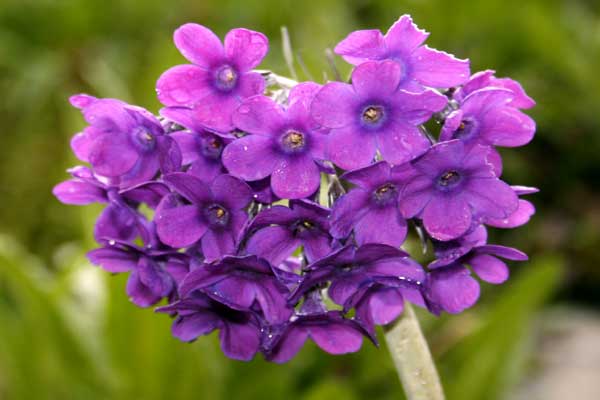
For more details and information you can contact us at

